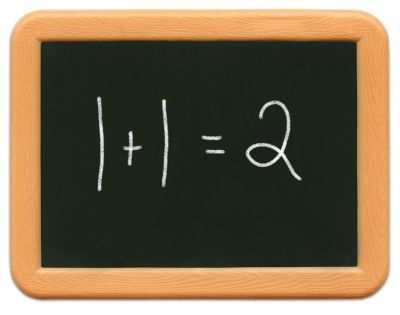 Getting the Best Out of Your Bears
Getting the Best Out of Your Bears
by Rachel Stepp
Comment on this post to win a $20 School Box gift card. Winners are chosen each month!
It is not unusual to see a set or two of counting bears in an elementary school classroom. If you haven’t ever seen a set, they are small, colored bears that come in different sizes and colors. They are used to promote sorting, counting, patterns, and much more! But it is easy to let them become dust collectors if you are not careful! So, here are a few ideas about how you can use these colorful plastic critters in your classroom.
Sorting:
To promote sorting in your classroom, you can give each child a handful of bears. Ask the children to sort the bears in the following w
ays: by size (big and small), by color (blue, red, green, yellow), and by size and color. You can also use color coordinated bowls or plates to sort the bears. For example, ask your students to put all of the red bears in the red bowl.
Patterns:
Since the bears vary in sizes and colors, you can use them to make patterns. If you are working on AB patterns, you can let your students create many different patterns based on colors or size. Ask students to pair up and make patterns. Then have students work with their partners to guess the different patterns or continue the patterns.
Counting:
If your students are beginning to count and explore numbers, have them count the number of bears in a bowl and then record the number. You can have several bowls set up around your classroom with different numbers of bears in them. Have students walk around the room and “collect data” from the bear bowls. Students can practice counting and writing numbers. Have students compare their answers with others and recount the bears if necessary.
Book Connection:
 One of my favorite books to use with the bears is Teddy Bear Counting by Barbara Barbieri McGrath because it depicts most of these aspects into a picture book. You can work with this book as a whole group or individually. You can have students at their own desks with an assortment of bears so that they can follow along with you as you read. Have students create the same pattern that is shown throughout the book. This will incorporate following directions, listening and comprehension skills. The book is available at The School Box for less than $10!
One of my favorite books to use with the bears is Teddy Bear Counting by Barbara Barbieri McGrath because it depicts most of these aspects into a picture book. You can work with this book as a whole group or individually. You can have students at their own desks with an assortment of bears so that they can follow along with you as you read. Have students create the same pattern that is shown throughout the book. This will incorporate following directions, listening and comprehension skills. The book is available at The School Box for less than $10!
Now it’s time to go find your favorite little bear friends and put them to work!
Looking for a good set of counting bears? Check out these cuties from The School Box: Three Bear Family Counting Bears.
For more counting games and activities, click here.
To toss your name in the hat to win a $20 School Box gift card (which would pay for those cute counting bears), comment on this post below!
Rachel Stepp is a graduate student at The University of Georgia and a regular contributor to A Learning Experience (lucky us!).


















